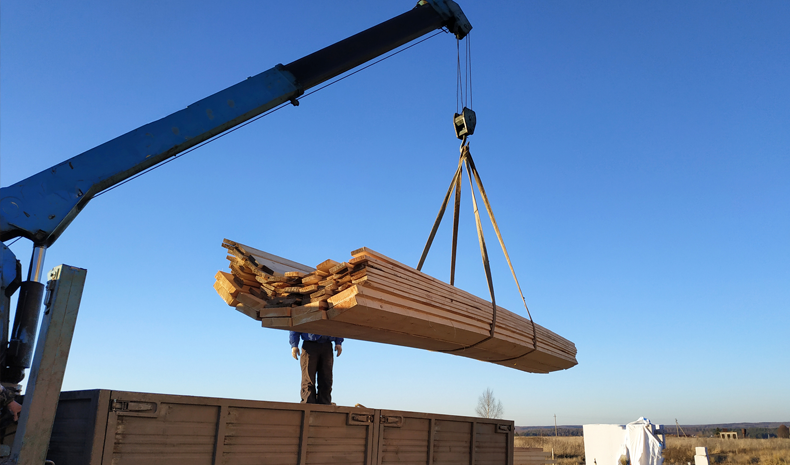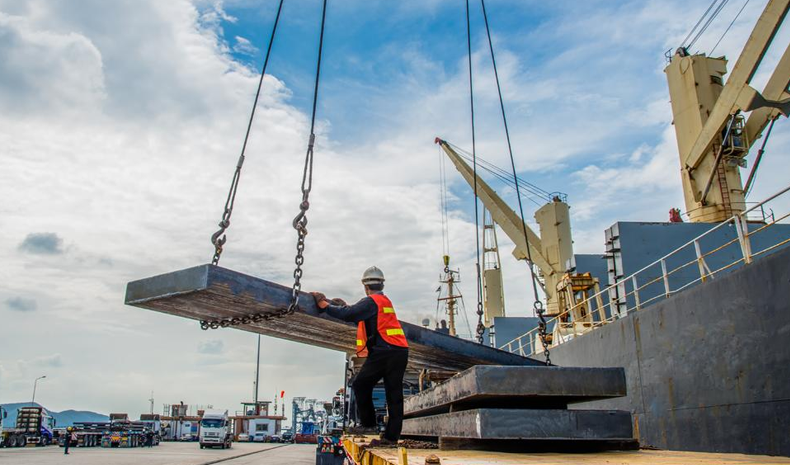March 2021 officially marked one year since the world nearly ground to a halt due to COVID-19 in March of 2020.
Since then, the pandemic has changed nearly every type of business and industry, including construction. After one year of adapting and evolving, the construction industry still has some challenges ahead in order for it to see continued growth in this new reality.
Construction Challenges Due to COVID-19
As businesses ground to a halt across the country in March of 2020, the construction unemployment rate skyrocketed. Likewise, since the initial plummeting of the market, architectural billing indexes still have not fully recovered to their pre-COVID levels.
One of the most notable challenges since the start of the pandemic has been the price of materials. Prices for steel, lumber, and other key building materials have spiked due to a shortage of workers due to illness, mandatory workplace shutdowns, or the need to take care of family members. As of February 2021, price increases include:
- • Steel up 20%
- • Lumber up 60%
- • Diesel up 114%
- • Copper and brass up 37%
Even though manufacturers have generally returned to being able to produce their materials, products have also shown high risks of delay due to shipping and logistics disruptions downstream. Naturally, the result is an increasingly more difficult process for construction professionals to accurately estimate cost and duration of projects in progress.

Image Source: U.S. Chamber of Commerce
According to a survey conducted by the Associated General Contractors of America (AGC), the majority of disruptions and delays have been due to material shortages. The survey showed the following most cited explanations for project delays in 2020:
- • Shortage of construction materials, equipment, or parts: 52%
- • Shortage of craftworkers/subcontractors: 32%
- • Potentially infected person visited jobsite: 25%
- • Shortage of personal protective equipment: 8%
- • Difficulties securing financing or covering cash flow needs: 6%
- • Shortage of government workers: 6%
- • Nor shortage or delays currently: 29%
The Road to Recovery
Despite the chaos of COVID-19, recent economic forecasts for the construction industry have stayed remarkably positive. Richard Branch, the chief economist at Dodge Data & Analytics, estimates that the construction industry could regain up to 4% in 2021, growing to $771 billion.
Branch also predicts single-family home construction to rise as much as 7% in 2021. The theory is that due to the pandemic, many people have begun to move away from city life and into the suburbs, where it is typically easier to avoid health concerns surrounding mass transit and public crowding.

Image Source: MEPS International Ltd
One Year Later
One year since the beginning of the pandemic, the construction industry has an opportunity to make the most of a very difficult twelve months in several ways. For example, just as in other industries, 2020 provided an opportunity for construction companies to work through the logistics of flexible work schedules and environments. As it turned out, many found success adapting to a hybrid environment with its employees.
Furthermore, the industry has an opportunity to learn from the uncertainty of 2020, particularly as it concerns remote technology and team collaboration. In the pre-pandemic world, tools like virtual reality and augmented reality were optional luxuries. In 2020, they became some of the only ways to interact safely. 2021 and beyond will continue to demand more from firms in terms of technology and remote access, so it will be essential to make sure that the changes enacted during 2020 do not fade away with a return to "normal."
Despite the uncertainty of the COVID-19 pandemic, the construction industry is showing hopeful signs of growth for 2021 and beyond. Of course, we will still see pandemic-related time and cost impact for many months to come – but the light at the end of the tunnel is growing larger.
--
Dylan Kleintop
 BIMsmith is a free cloud platform for architects, designers, and building professionals to research, select, and download building product data. Search, discover, compare, and download free Revit families on BIMsmith Market, or build complete, data-rich Revit wall, floor, ceiling, and roof systems faster with BIMsmith Forge.
BIMsmith is a free cloud platform for architects, designers, and building professionals to research, select, and download building product data. Search, discover, compare, and download free Revit families on BIMsmith Market, or build complete, data-rich Revit wall, floor, ceiling, and roof systems faster with BIMsmith Forge.














